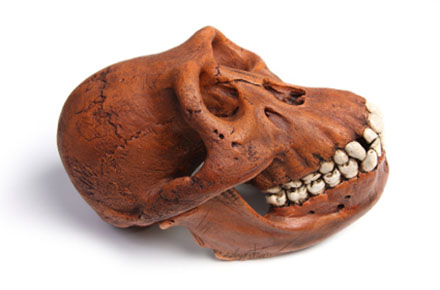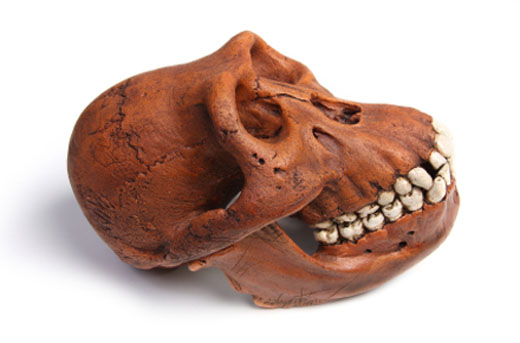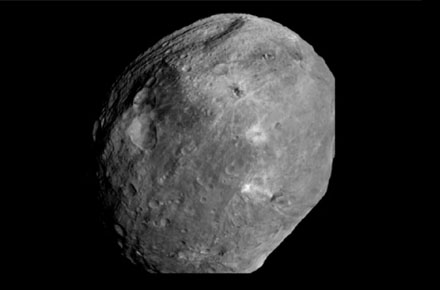What Are The Latest Discoveries Being Made About Early Humans?


One aspect of science which has fascinated humans for much of our existence is the history of our ancestors. With new theories and discoveries being made in this field all the time, it can be hard to keep up with the scientific debate. So what new discoveries have been made? And what are we yet to find out?
The theory of evolution was formed by the naturalist Charles Darwin, the famous figure printed on the back of a £10 note. Darwin’s 1859 publication ‘On the Origin of the Species’ contributed heavily to modern thinking on the subject and is often considered the founding influence of evolutionary theory. A number of subsequent discoveries have been made since this pivotal period, ultimately leading to further advances within the field.
Previous Discoveries
With discoveries of fossilised remains complementing the evolutionary theory, scientists have slowly begun building a picture of how the human race evolved from primates. Cavemen and Neanderthals are considered ancestors to modern day humans (Homo sapiens). Frustratingly though, the question of how apes evolved into humanoid species is still strongly debated without a clear answer – although theories have been proposed following some fascinating discoveries. Nakalipithecus nakayamai fossils found in Kenya and Ouranopithecus macedoniensis fossils found in Greece are considered, by some, to be potentially the last common ancestors of both human species and apes. This represents the period when evolution and divergence occurred.
Recent Discoveries
How we evolved and what our ancestors were like continues to be the subject of much research. Recently, the oldest direct human ancestor was thought to be roughly two million years old! The University of Melbourne was home to this discovery, successfully dating early human fossils (Australopithecus sediba) to 1.98 million years old after they were discovered in a South African cave.
The fossilised remains of Australopithecus sediba were examined by a team of 80 scientists from a number of institutes across the world, including Germany, the USA, Australia, South Africa and the UK (where scientists were based at Harwell Oxford Science Park). The X-ray scanned the skull of the fossilised remains at an exceptionally high resolution: 45 microns (roughly half the size of human hair). The data generated from these scans was used to build up accurate details about the cranium of the fossil. It is hoped that this data will help scientists to map the evolution of the human brain more clearly, providing hypotheses and information on how our species developed into the dominant, earthbound life form it is today.
Other discoveries include that of the Ardipithecus ramidus fossils, which were found in the Afar desert of Ethiopia. These fossils, dated at about 4.4 million years old, incorporated a number of traits commonly associated with older apes, as well as those associated with modern humans. This suggests that great ape species, such as Nakalipithecus and Ouranopithecus, were common ancestors to two separate lines of evolving species, which would later become modern chimpanzees and modern humans.
Robert is a science blogger specialising in evolutionary theory.











